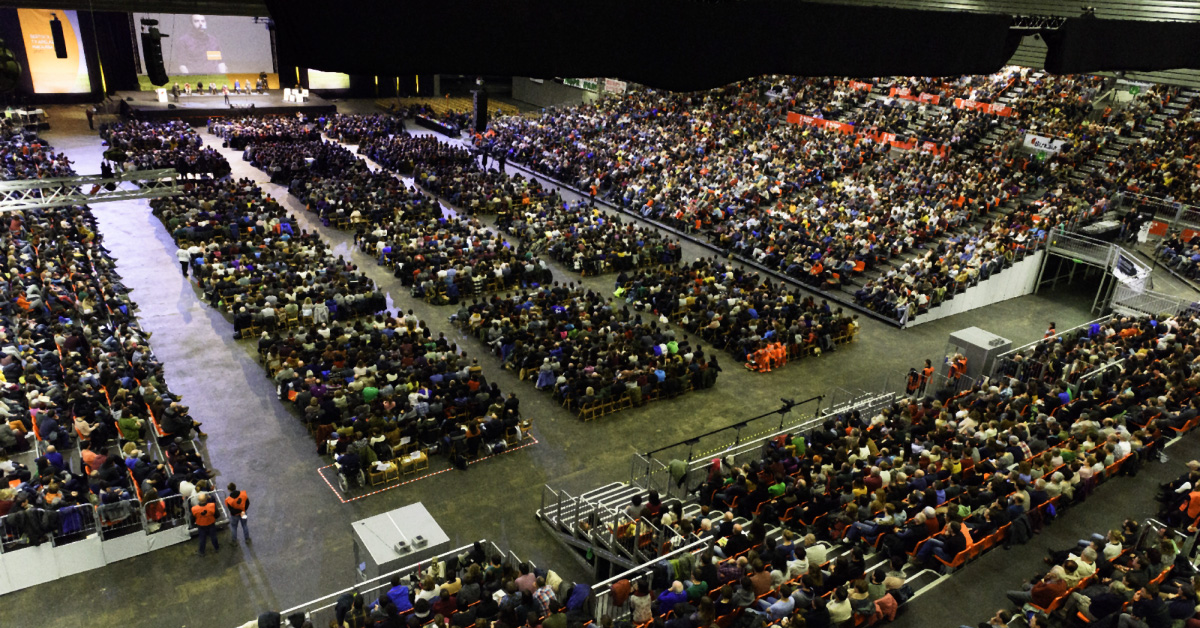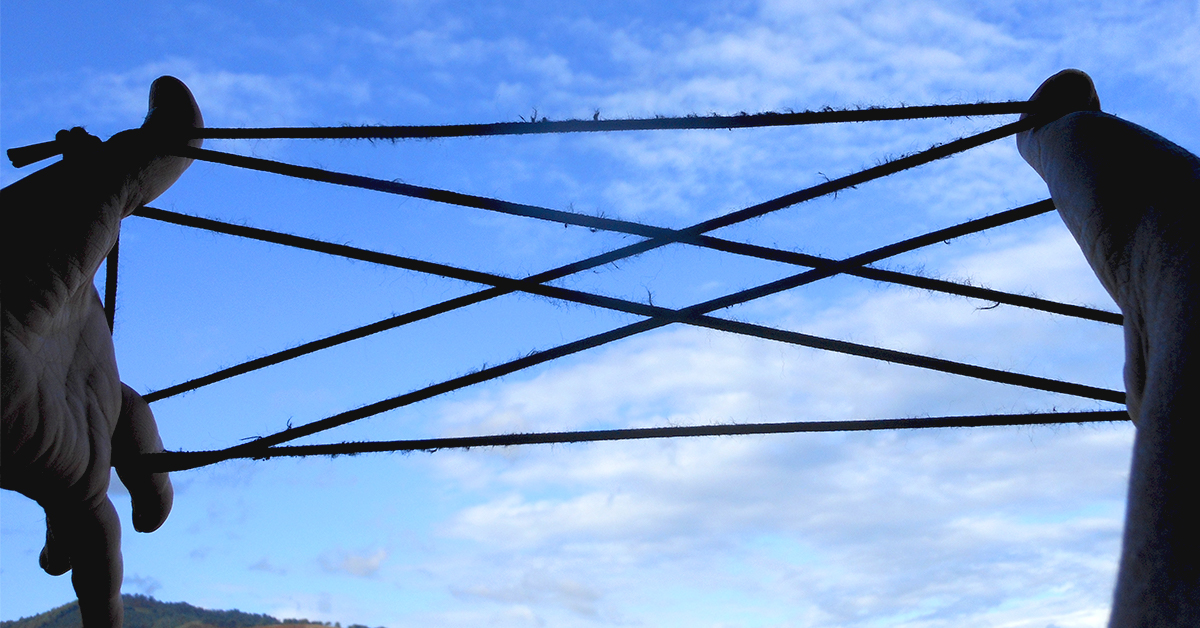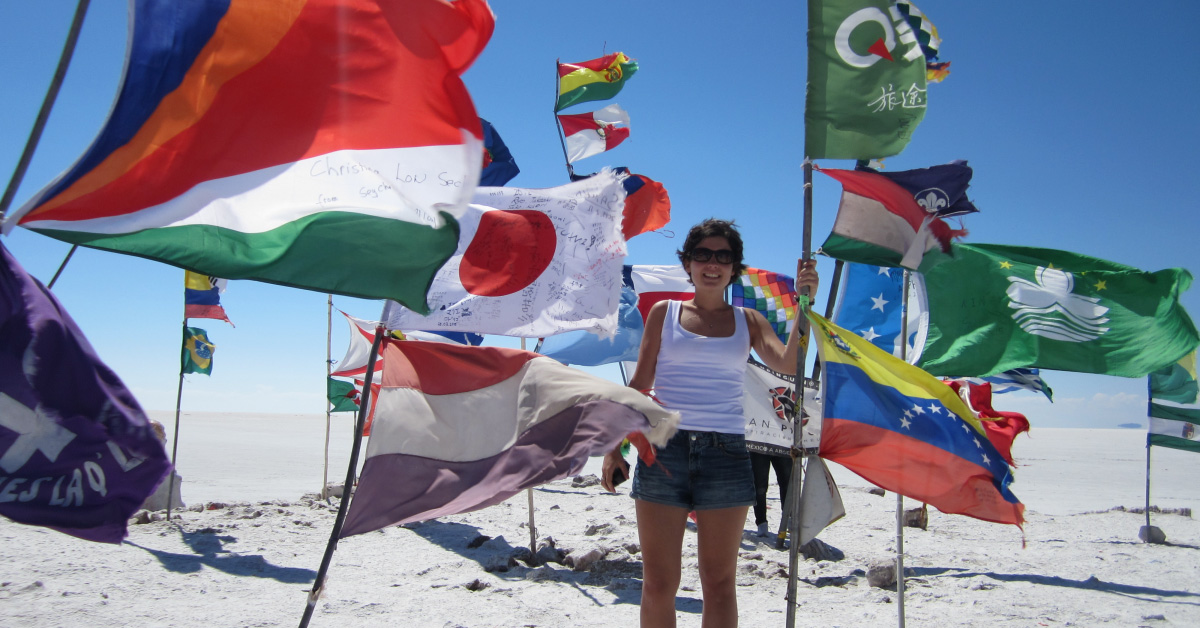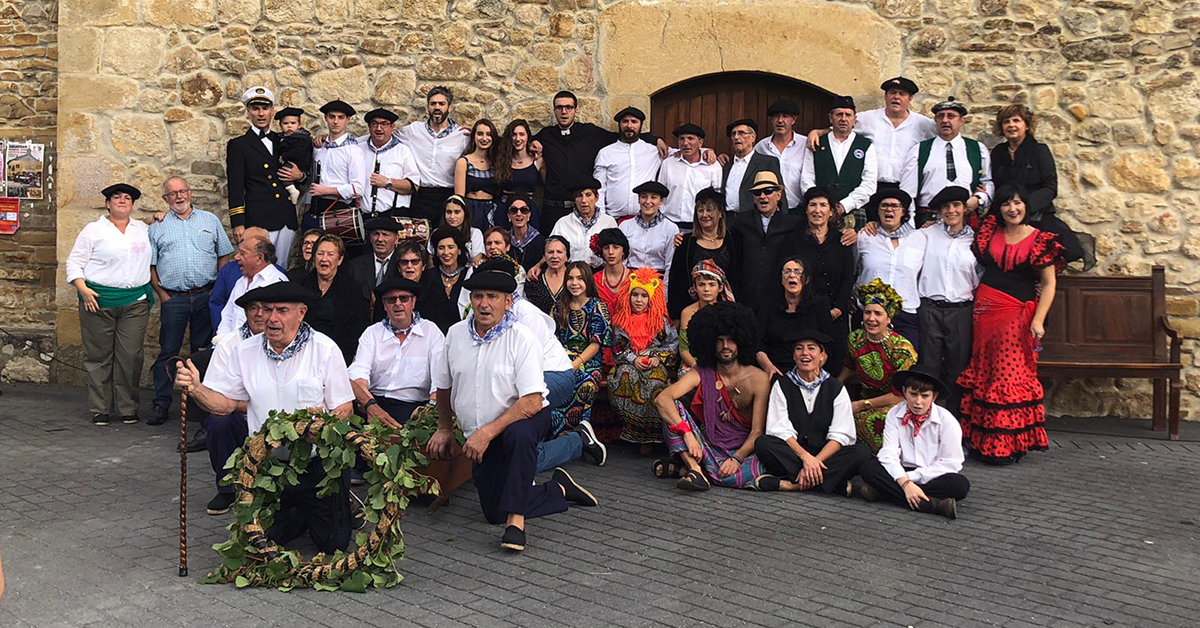Basque ethnography at a glance

Final of the National Bertsolari Championship. Bilbao Exhibition Centre, 2017. Photo credit: Alberto Elosegi. Source: Xenpelar Documentation Centre.
What does the bertso have to catch the public so much? Throughout the world there are several cultures that work with oral improvisation, but none of them has the strength that bertsolaritza has today. Proof of this is the Bertsolaris Championship that is held every four years in the Basque Country –this year it is being held a year late due to the pandemic–. A championship in which, after several play off sessions throughout Euskal Herria, eight bertsolaris usually reach the grand final. These eight improvisers must sing before fourteen thousand listeners more or less, in morning and afternoon performances. Through the media many other listeners follow the act. Experts from all over the world are also approaching a broadcast of this magnitude. But I think the most shocking thing is the almost liturgical silence that occurs before the bertsolaris begin to sing. Those fourteen thousand throats are suddenly silent, completely, to give expression to a single throat. That unique thread of voice, through improvised words in Basque, weaves thousands of hearts in seconds, makes thousands of skins vibrate, moistens thousands of eyes, provokes thousands of laughs… Where is the secret of this magical fact?
“Where did you go for your holiday?” folks question one another, especially at this time of the year, in September. Successive answers to the foregoing question create uncomfortable competition regarding the originality of visited places. Enviable images taken, constantly shared and published on social networks, anecdotal memories which energize autumn conversations, and our tanned skin upon return provide friends, family, acquaintances, and followers irrefutable evidence that we have much enjoyed our holidays. As a matter of fact, our enjoyment of the holiday break is nowadays associated, almost necessarily, to travel, to the need to leave our usual surroundings, the general assumption being that the more distant the destination, and the more unique the experience, the greater our enjoyment.
On 14 September 1889, feast of the Cross, villagers in the neighbourhood of Ariatza (Muxika, Bizkaia) attended mass. After the ceremony, as requested by custom, local lads performed the aurresku —a traditional Basque ceremonial dance—. There used to be a certain rivalry among them: to be the better dancer, the one who lifted his leg higher… Back in the time, the presence of wineskins in places of worship would be considered nothing less than a heresy, and the small square, in front of the church, was as sacred as its interior. The aurreskularis —aurresku dancers— realized that folks who went for a drink of wine, while they danced, would not return to the square, and that the best dancers lost any chance of having a celebratory toast or two with their fellows. To resolve the issue, the mayor was asked to authorize the transfer of the wineskin close to the church, but he refused. Willing to do whatever it took, the young men surrounded his house, preventing him from leaving it, until he finally consented. And neighbours were subsequently able to dispose of the precious wine right next to the church, starting on the eve of the feast until the following Sunday.




